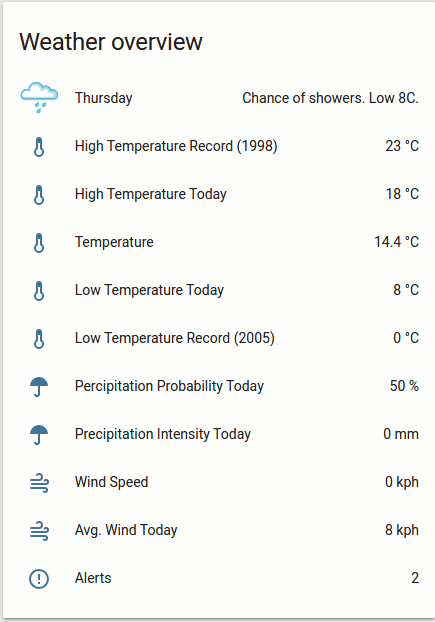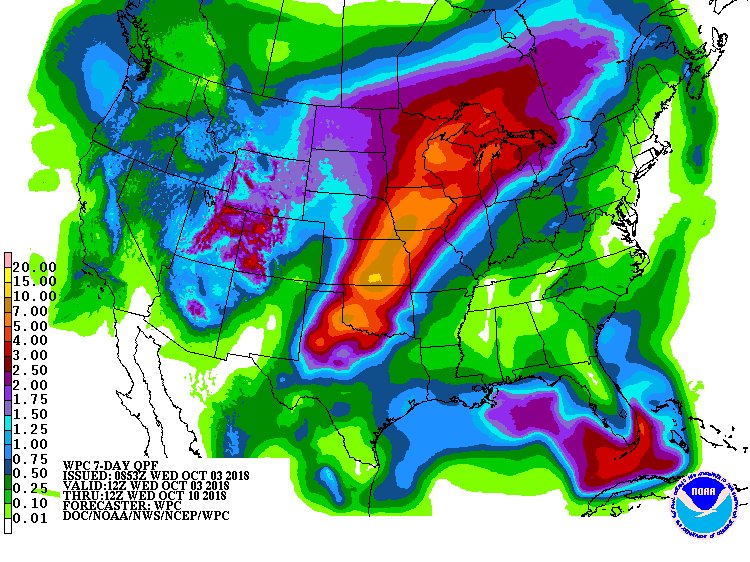

Ī severe weather outbreak is expected with multiple tornadoes and/or a destructive long-lived derecho. Widespread severe thunderstorms expected. These risks are typically issued a few times a year. This risk is uncommon, and is generally used only when supercells are capable of strong tornadoes or long-lived squall lines are expected to produce widespread damaging winds. Several tornadoes and numerous thunderstorms containing large hail and damaging winds are likely. Most storms that form will reach the severe criteria listed above within this risk area. Not all storms will be severe, but a few storms could be intense. Thunderstorms may produce a few tornadoes and pockets of wind and hail damage. More persistent and widespread storms are expected. If the SPC believes that the severe weather may occur from a single thunderstorm or has a low confidence in a severe thunderstorm event occurring, then forecast probabilities and thus the category will be lowered, according to Marsh. Isolated severe storms may produce significant tornadoes, very large hail and damaging winds. This outlook is common, especially in the warmer months.Įven though this outlook level is called "slight," weather that can occur in this risk area is no less deadly than the weather that occurs in a high risk.

Here is a description of the thunderstorm outlook scale. Lightning and flooding are just as deadly as tornadoes, large hail and damaging winds, if not moreso. Outlooks also do not explicitly forecast for lightning, but the risk is implied if thunderstorms are forecast. Those outlooks can be found at NOAA's Weather Prediction Center. These forecast categories do not include the chance for excessive rainfall or flooding. (MORE: Your Odds of Being Hit by a Tornado ) Severe weather is defined as a thunderstorm that produces one of the following: measured wind gusts to at least 58 mph, storms capable of producing wind damage (trees, structures, power lines), hail at least one inch in diameter (the size of a quarter) and/or a tornado.

This allows for the expertise from numerous forecasters to be conveyed in each outlook." Although one or two forecasters write a particular forecast update at the SPC, many great minds enter their thoughts into each forecast. Patrick Marsh, warning coordination meteorologist at NOAA's Storm Prediction Center, the "SPC works very hard to internally collaborate the forecast. These forecasts are based on current trends in satellite and radar imagery, weather model output, pattern recognition, forecaster expertise and how confident the forecaster is.Īccording to Dr. Example of a convective outlook from NOAA's Storm Prediction Center.


 0 kommentar(er)
0 kommentar(er)
